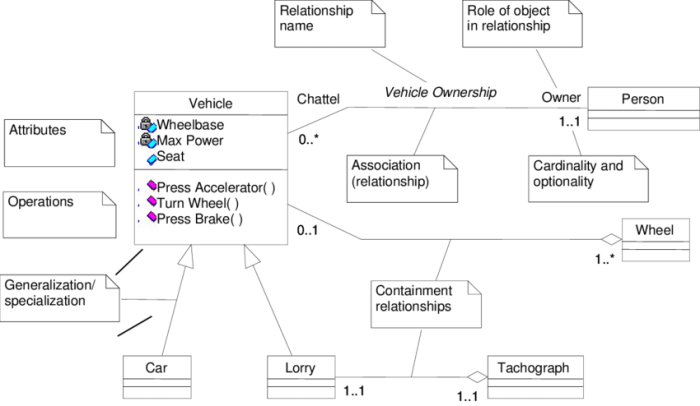In the realm of data management, precision and consistency are paramount. The associate should apply all labels directed by the system to ensure data integrity, facilitate efficient retrieval, and maintain compliance with established standards.
By adhering to these guidelines, organizations can harness the full potential of their data, empowering them to make informed decisions, streamline operations, and achieve their strategic objectives.
Associate Responsibilities: The Associate Should Apply All Labels Directed By The System

Associates play a crucial role in ensuring the accuracy and consistency of data within an organization. Applying labels as directed by the system is an essential part of this responsibility, as it helps to organize and categorize data effectively. By following these guidelines, associates can ensure that data is easily accessible, searchable, and usable for various business purposes.
Proper label application also enhances data integrity and reduces the risk of errors. When data is labeled consistently and accurately, it becomes easier to track, analyze, and report on. This can lead to improved decision-making, increased efficiency, and better overall data management.
Conversely, failing to apply labels as directed can have significant consequences. Inconsistent or inaccurate labeling can lead to data becoming disorganized, difficult to find, and potentially misleading. This can hinder business processes, reduce productivity, and damage the organization’s reputation for data accuracy.
System Guidelines

To ensure consistent and accurate label application, associates should follow the specific guidelines provided by the system. These guidelines may vary depending on the organization and the specific data management system being used. However, they typically include instructions on:
- Which labels to use for different types of data
- How to apply labels correctly
- When to apply labels
- Who is responsible for applying labels
Associates should refer to the system documentation or consult with their supervisor for detailed guidance on label application.
Best Practices for Label Application
In addition to following system guidelines, associates should adopt best practices for label application to ensure data integrity and accuracy. These best practices include:
- Use labels consistently:Apply the same label to similar data items every time.
- Be specific:Use labels that accurately describe the data they are applied to.
- Avoid using generic labels:Instead of using labels like “Other” or “Misc,” create specific labels that provide more context.
- Use a controlled vocabulary:Establish a standardized set of labels to ensure consistency across the organization.
- Document label usage:Keep a record of how labels are used to ensure consistency over time.
By following these best practices, associates can help to ensure that data is labeled accurately and consistently, which will ultimately benefit the entire organization.
Quality Control and Monitoring
To ensure the accuracy of applied labels, organizations typically implement quality control processes. These processes may include:
- Regular audits:Periodic reviews of labeled data to identify and correct any errors.
- Data validation:Checking that data is labeled correctly before it is used for analysis or reporting.
- Feedback mechanisms:Allowing users to report any errors or inconsistencies in labeling.
Associates play a vital role in quality control by monitoring the quality of labeled data and reporting any discrepancies or errors they identify. By doing so, they help to ensure that the organization’s data is accurate and reliable.
Training and Development

To ensure that associates are able to apply labels correctly and consistently, organizations should provide comprehensive training and development opportunities. This training should cover:
- The importance of label application
- System guidelines for label application
- Best practices for label application
- Quality control processes
Organizations should also provide ongoing development opportunities to help associates stay up-to-date with evolving labeling requirements and best practices.
Compliance and Governance
Label application is often subject to compliance and governance requirements. These requirements may vary depending on the industry and the specific regulations that apply to the organization. For example, organizations in the healthcare industry may be required to comply with HIPAA regulations, which include specific requirements for data labeling.
Associates are responsible for adhering to all applicable compliance and governance requirements related to label application. By doing so, they help to ensure that the organization remains compliant and avoids potential penalties or legal risks.
FAQ Summary
Why is it important to apply labels as directed by the system?
Applying labels as directed by the system ensures data consistency, facilitates efficient data retrieval, and maintains compliance with established standards.
What are the consequences of not applying labels as directed?
Failure to apply labels correctly can lead to data inaccuracies, затрудняет data retrieval, and may result in non-compliance with regulatory requirements.
How can associates stay up-to-date with evolving labeling requirements?
Associates should regularly review system guidelines, attend training sessions, and consult with subject matter experts to stay abreast of evolving labeling requirements.